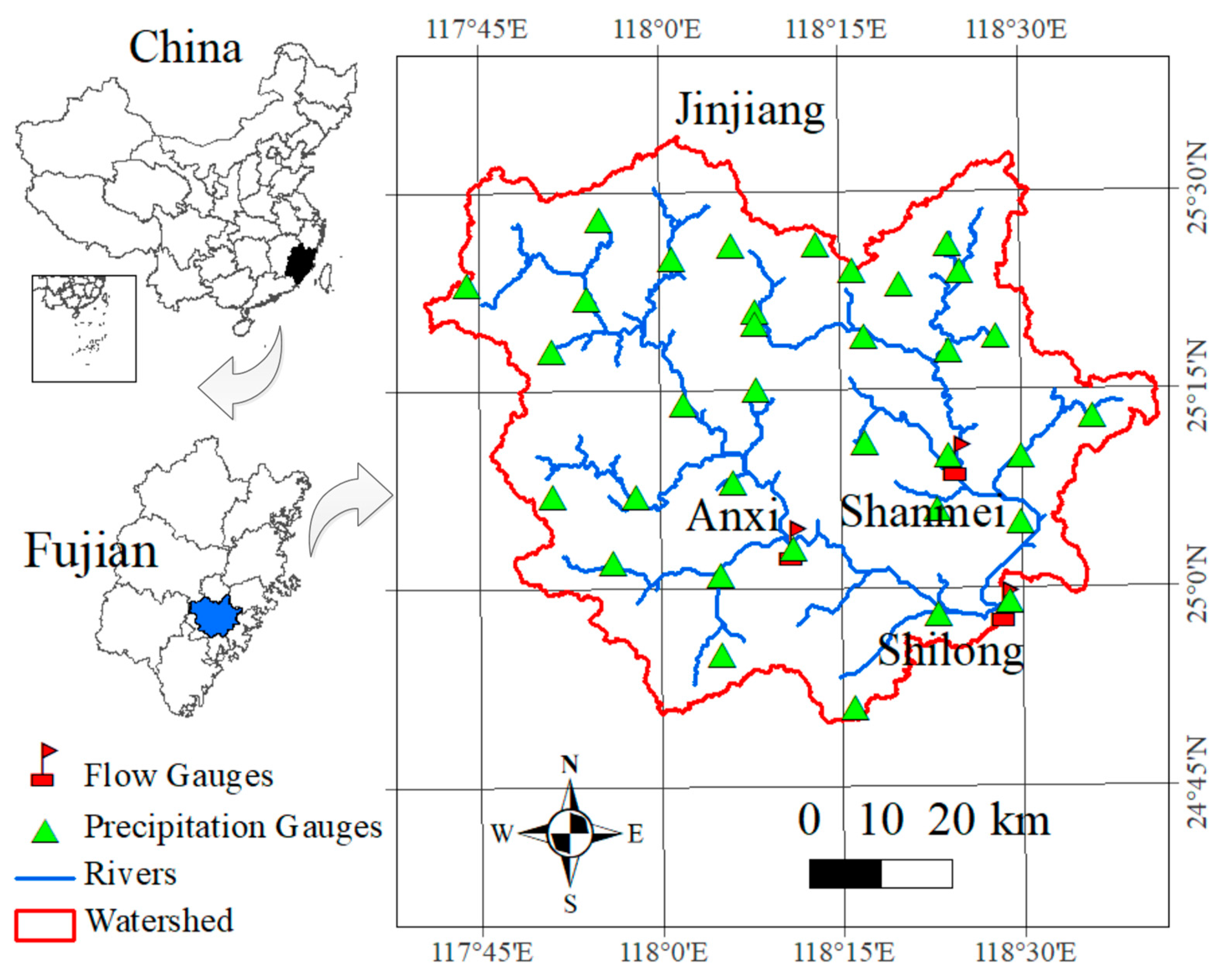
Salmonids have been introduced globally for recreational and commercial purposes, with little regard to their effects on native species 3. Non-native fishes can modify recipient ecosystems, thereby negatively impacting the diversity and distribution of native fishes 2. Introduction of fishes has placed freshwater ecosystems among those most affected by biological invasions worldwide 1. Our workflow can be transferred to other basins and species for mapping freshwater biodiversity patterns in species-rich yet data-poor regions of the world. We generate high-resolution classified stream suitability maps as decision support tools to help managers in habitat allocation and policy formation to balance recreational fisheries with conservation of snow trout. Yet, the physiography of receiving basins could play a role minimizing the impacts of each non-native trout on native snow trout. There were substantial habitat overlaps (up to 96%) among snow trout and non-native trout. We adopted a similar procedure to map suitable habitats for snow trout species. We transferred maximum entropy (Ma圎nt) models developed with spatially continuous freshwater-specific environmental variables to map the distribution of potentially suitable habitats for rainbow and brown trout in the Himalayas. We aim to evaluate potential habitat overlap among snow trout and non-native trout in the Indus and Ganges River basins, Himalayan ecoregion. Rainbow trout ( Oncorhynchus mykiss) and brown trout ( Salmo trutta fario) have been introduced to the Himalayan ecoregion where they are sympatric with vulnerable native snow trout Schizothorax plagiostomus and Schizothorax richardsonii. Our results indicate that bioenergy production scenarios that incorporate perennial grasses reduced the nonpoint source pollutant load at the watershed outlet compared to the baseline conditions (0–20% for nitrate-nitrogen and 3–56% for mineral phosphorus) but, the reduction rates were specific to site characteristics and management practices.Fish invasions threaten native freshwater ecosystems worldwide, yet methods to map biodiversity in data-deficient regions are scarce.

Stream flow at the watershed outlet was reduced between 0 and 8% across these bioenergy crop production scenarios compared to baseline across the study watersheds.

Erosion reduction with perennial energy crop production scenarios ranged between 0.2% and 59%.

We also measured water quality as erosion and sediment loading this was forecasted to improve compared to baseline when perennial grasses were used for bioenergy production, but not with stover removal scenarios. Watershed-scale impacts were estimated for 13 bioenergy crop production scenarios, including: production of Miscanthus 9 giganteus and upland Shawnee switchgrass on highly erodible landscape positions, agricultural marginal land areas and pastures, removal of more » corn stover and combinations of these options. Here, we used an improved version of the Soil and Water Assessment Tool (SWAT) to forecast impacts on watershed hydrology and water quality by implementing an array of plausible land-use changes associated with commercial bioenergy crop production for two watersheds in the Midwest USA. Cellulosic bioenergy feedstock such as perennial grasses and crop residues are expected to play a significant role in meeting US biofuel production targets.


 0 kommentar(er)
0 kommentar(er)
